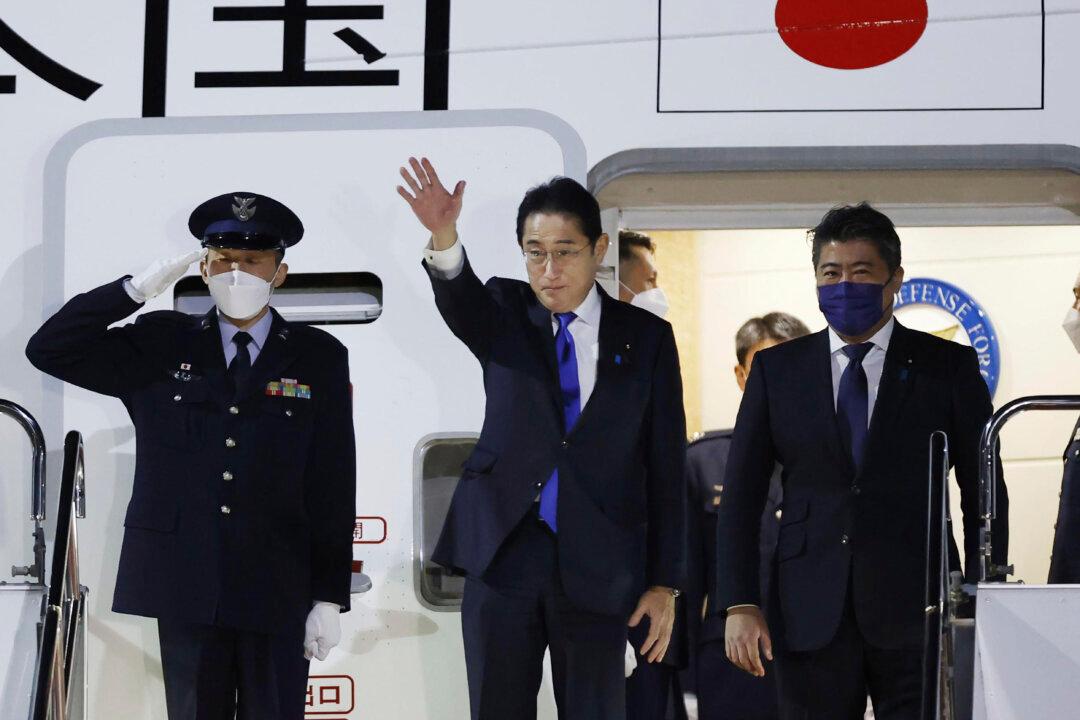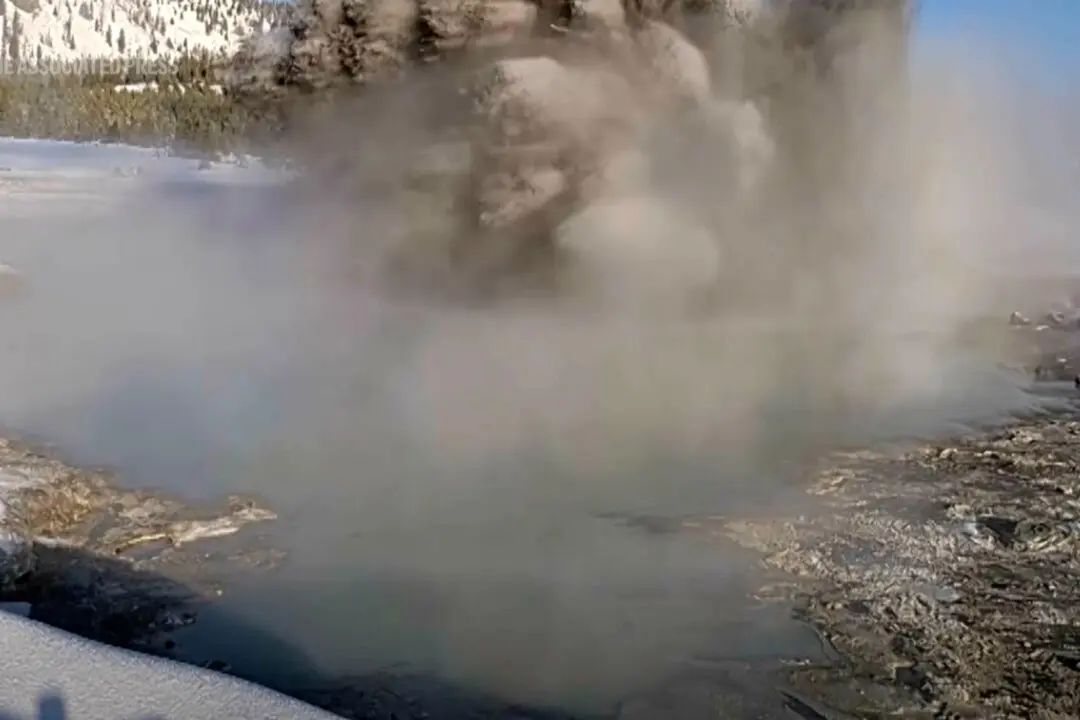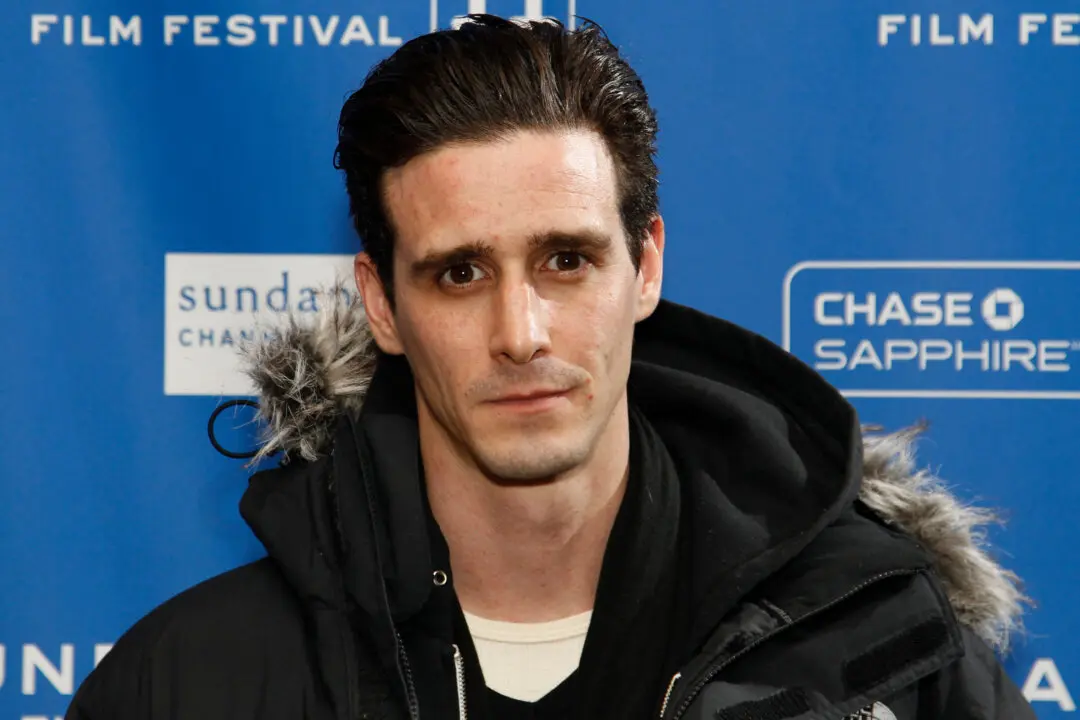TOKYO—Japanese Prime Minister Fumio Kishida begins a weeklong trip Monday to strengthen military ties with Europe and Britain and bring into focus the Japan–U.S. alliance at a summit in Washington, as Japan breaks from its postwar restraint to take on more offensive roles with an eye toward China.
Kishida’s talks Friday with U.S. President Joe Biden will highlight his five-nation tour that also takes him to France, Italy, Britain, and Canada—some of the Group of Seven nations with which Japan has stepped up defense ties. His first stop is Paris on Monday.





